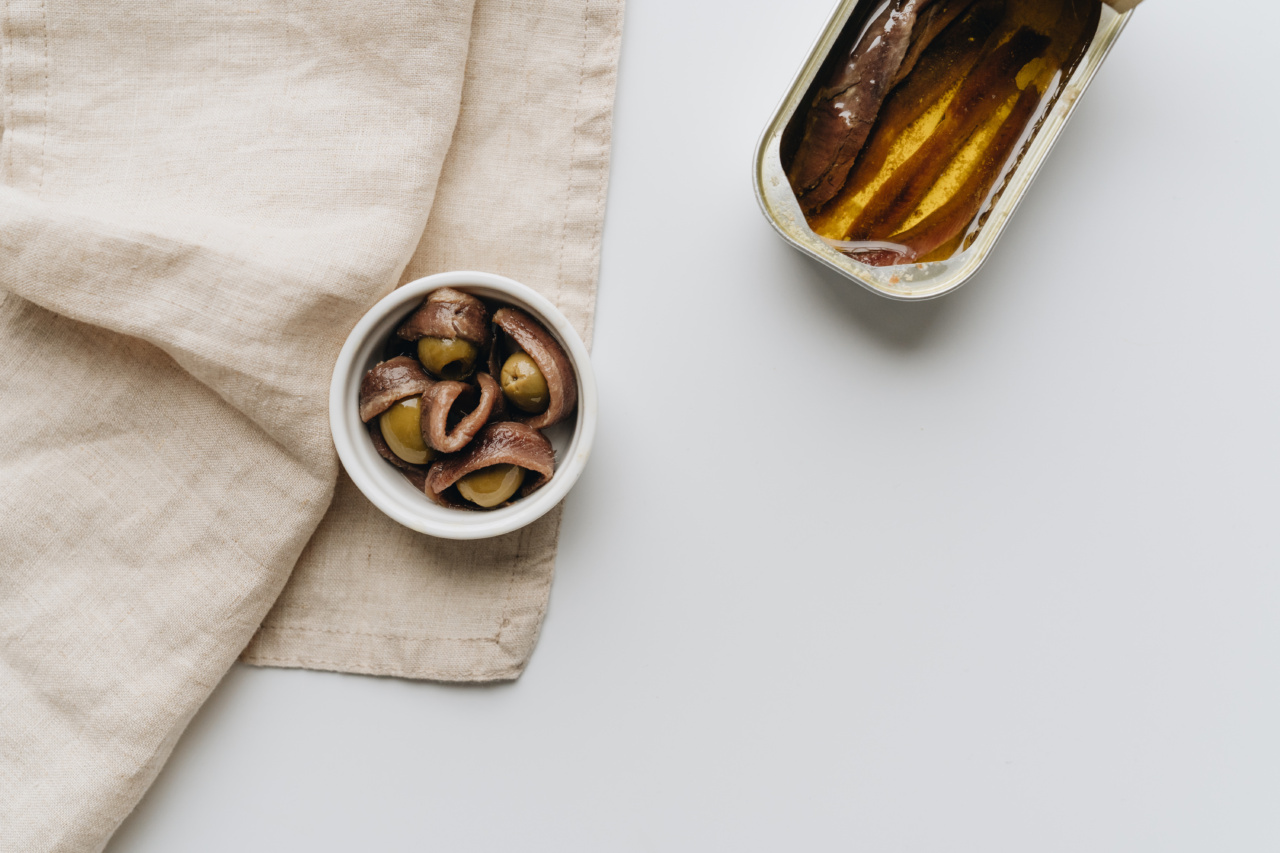Olives are a staple in many Mediterranean dishes, renowned for their distinct flavor and versatility in various cuisines. Whether enjoyed as a snack, tossed in salads, or used as a topping for pizzas, olives are loved by many.
However, it is important to be aware that not all olives are safe to consume. Some olives, especially those with a white wreath, can pose a danger to your health. In this article, we will explore the reasons why olives with a white wreath should be avoided and the potential risks they may present.
1. Understanding the White Wreath Phenomenon
The white wreath, also known as “frosting” or “bloom,” appears as a cloudy layer on the surface of some olives.
This formation is a natural occurrence caused by the crystallization of the olive’s own wax as it reacts with air. While the white wreath is harmless in many fruit varieties, it is a different story when it comes to olives.
2. Bitter Taste and Unpleasant Texture
The presence of a white wreath indicates that olives have not undergone a sufficient curing process, leading to an accumulation of bitter compounds and a harsh taste.
Olives with a white wreath often possess a grainy or chalky texture, making them less enjoyable to eat.
3. Increased Sodium Content
In the olive curing process, excess sodium can get trapped within the olives.
Olives with a white wreath tend to retain more sodium, which can be especially problematic for individuals with hypertension or those who need to limit their sodium intake due to various health conditions. Consuming olives with high sodium content can risk exacerbating these conditions.
4. Lack of Nutritional Value
Olives are known for their beneficial nutritional profile. They are a good source of healthy fats, vitamin E, iron, and other essential nutrients.
However, olives with a white wreath have undergone an insufficient curing process, resulting in a loss of nutritional value. These olives may lack the beneficial compounds that make olives a healthy addition to your diet.
5. Microbial Growth and Contamination
The presence of a white wreath on olives can act as an indicator of possible microbial growth and contamination. Insufficient curing can create an environment conducive to the growth of harmful bacteria, such as certain strains of Staphylococcus aureus.
Consuming olives contaminated with such bacteria can lead to food poisoning and its associated symptoms, including nausea, vomiting, and diarrhea.
6. Mold Growth
Olives with a white wreath are also more prone to mold growth. Whether it is the result of insufficient curing or inadequate storage conditions, mold can develop on the olives, posing health risks.
Some molds produce mycotoxins, which can cause allergic reactions, respiratory problems, and other adverse health effects if consumed.
7. Pesticide Residue
Olives, like many other fruits, are often treated with pesticides to protect them from pests and diseases during cultivation. Proper curing and processing methods typically remove or reduce pesticide residues on olives.
However, olives with a white wreath may not have undergone these necessary treatments, potentially leaving behind higher levels of pesticide residue.
8. Allergic Reactions
For individuals with allergies or sensitivities, olives with a white wreath can trigger adverse reactions.
The accumulation of bitter compounds due to insufficient curing can cause gastrointestinal discomfort, including abdominal pain, bloating, and diarrhea, in individuals with olive allergies or sensitivities.
9. Spoilage
The presence of a white wreath on olives may indicate that the fruit is past its prime and at risk of spoilage. As olives age, they become less stable and more prone to bacterial growth.
Consuming spoiled olives can lead to foodborne illnesses, particularly if the bacteria present are pathogenic.
10. Best Practices for Olive Selection
To ensure optimal safety and enjoyment when consuming olives, it is recommended to follow these best practices:.
Conclusion
While olives are generally considered a healthy and delicious food, olives with a white wreath can pose risks to your health.
The bitter taste, potential microbial contamination, increased sodium content, and loss of nutritional value make these olives less desirable and potentially harmful. It is important to be mindful of the quality and condition of olives before consuming them, and to choose properly cured olives that do not exhibit a white wreath.
By following these precautions and selecting high-quality olives, you can continue to enjoy this beloved Mediterranean fruit while safeguarding your health.































